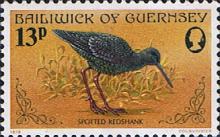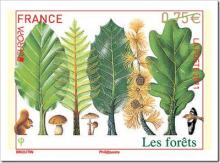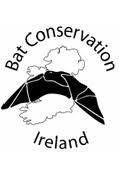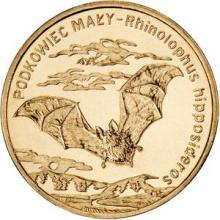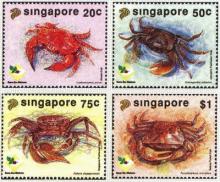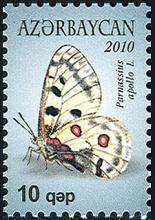The number of Oystercatchers (Haematopus ostralegus) in the Dutch Wadden Sea has declined by 40% during the last two decades. The number of breeding pairs declined 4.6% annually. Reproductive output was virtually zero in the last 7 years, which was associated with a dramatic decline in summer of two prey species for raising the young, i.e. ragworm and Baltic tellin. Oystercatcher numbers have also declined on the Wash, England since the late 1980s, due to changes in winter survival, which was related to cockle and mussel abundance. Poor recruitment of juvenile shellfish to the Wash populations was implicated in the decline in both mussels and cockles. American Oystercatchers are also at risk in coastal ecosystems. The number of Oystercatchers breeding on barrier islands in Virginia has decreased by more than 50% in the last 20 years.

